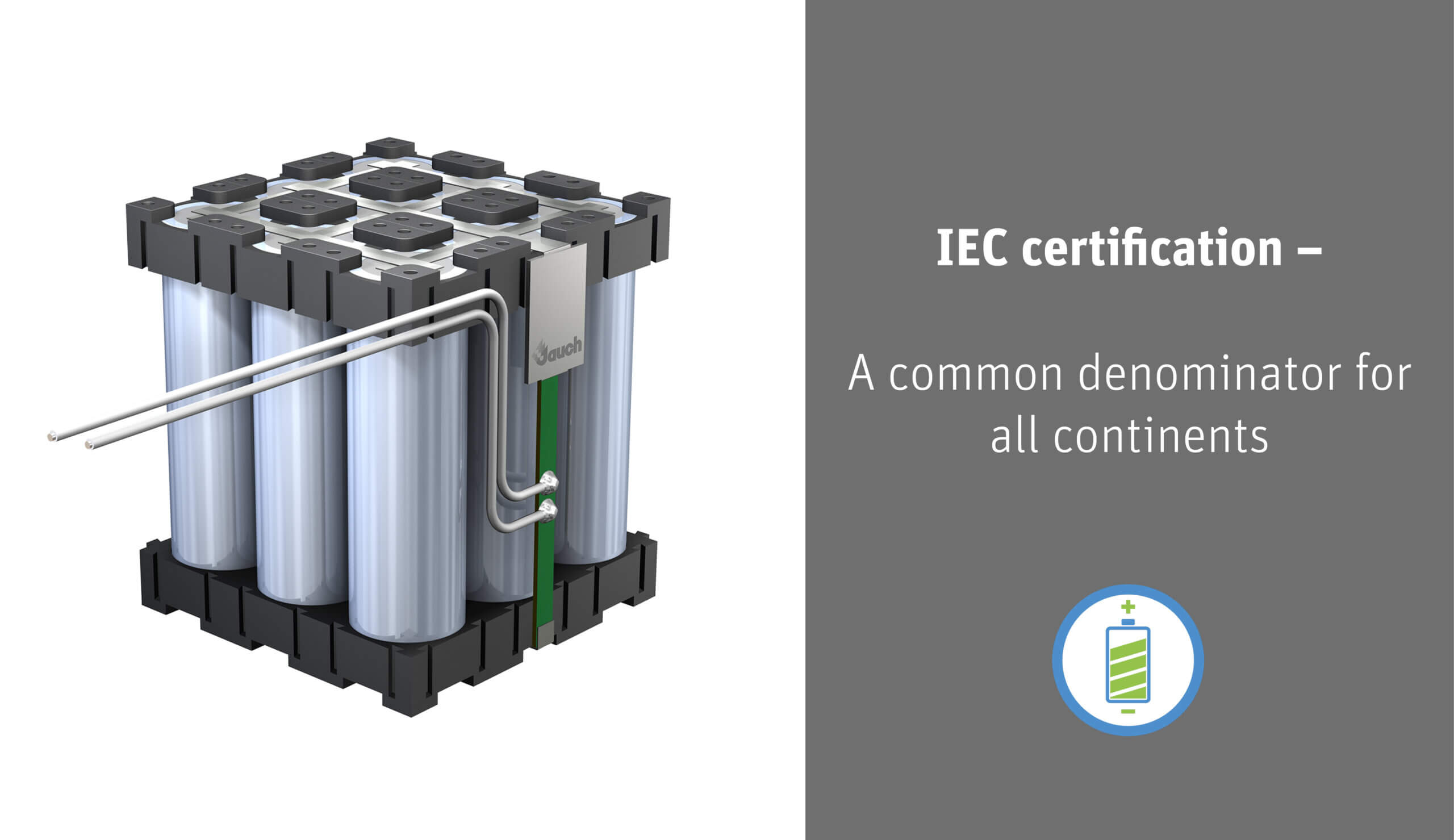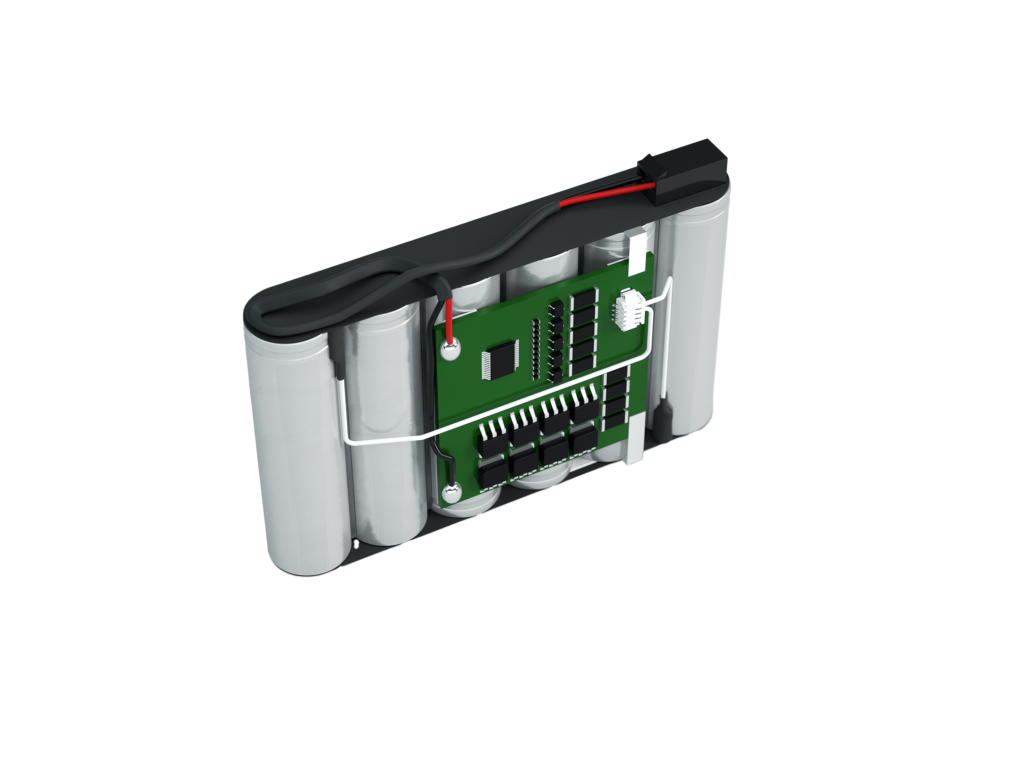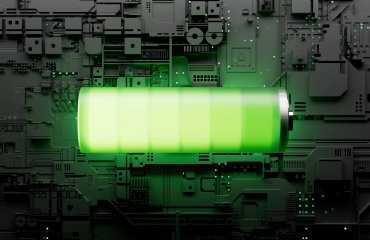
The standards of the International Electrotechnical Commission (IEC) are among the most important groups of standards for the certification and safety of electronic products. They include both cells and batteries and span primary cells, secondary cells, battery packs and portable device batteries. In addition to the requirements for the devices and central rules for the battery industry, the IEC also defines the requirements for testing and technical documentation.
IEC62133 – the most important standard for rechargeable cells and batteries
The IEC62133 distinguishes between cells or batteries of the chemicals nickel and lithium. This means that different tests must be performed depending on the cell chemistry and design.

Relevant for lithium batteries and battery packs is the IEC 62133-2:2017 standard, which defines specific requirements for testing and the corresponding documentation of lithium battery packs.
The IEC 62133-1:2017 standard, on the other hand, describes the requirements for batteries with nickel, more precisely for secondary cells and batteries with non-acidic electrolytes.
The certification process includes:
- Safety analysis and description regarding safe monitoring of voltage, current and temperature. The safety analysis should identify the components of the protective circuit that are critical for protection against short circuit, overcharge and deep discharge.
- Description of the simulation of a single fault for each component (MOSFET, PTC, fuse, etc.) that implements protection against short circuit.
- The possibility of measuring or evaluating cell voltages in the event of a deep discharge with regard to compliance with the then not permissible charge.
- Consideration of operation in intended use but also foreseeable misuse
- Introduction of one-fault tests
- Vibration and shock tests based on the UN 38.3 test
- Further electrical and, if necessary, mechanical tests
Here the standard applies:
The IEC is a non-governmental organization. Accordingly, the standards serve the member states as a common basis for national legislation. More than 80 nations from 6 continents are represented in it.
Unlike CE marking, which is usually tested by the manufacturer, the IEC testing procedure requires testing and certification by an accredited laboratory. Here, too, the aim is to create easier market access and increase product safety through common standards.
Even if all important industrial nations worldwide are members of the IEC, this does not automatically mean that the IEC standards apply everywhere. In addition, not all test results are recognized everywhere. For this reason, the CB process has been developed. The IEC standards form the basis. All 50+ participating countries agree to mutually recognize the validity of the test results and certificates. The tests are carried out in specially accredited so-called CB test laboratories, whereby national differences are taken into account and are tested beyond the standard. With the CB certificate, it is now possible to apply for the respective national test marks – and without retesting.
We are able to perform the tests for this certification in cooperation with an accredited CB testing institute. This means that all tests for this certification are carried out in our own test laboratory under the observation of the institute. The official documentation incl. CB certificate is then prepared by the testing institute. Since we perform the tests in-house, we can provide test results flexibly and quickly, reducing the time to market to a minimum.
More about this topic
Mandatory program for shipping batteries: the UN 38.3 transport test


 Deutsch
Deutsch 



